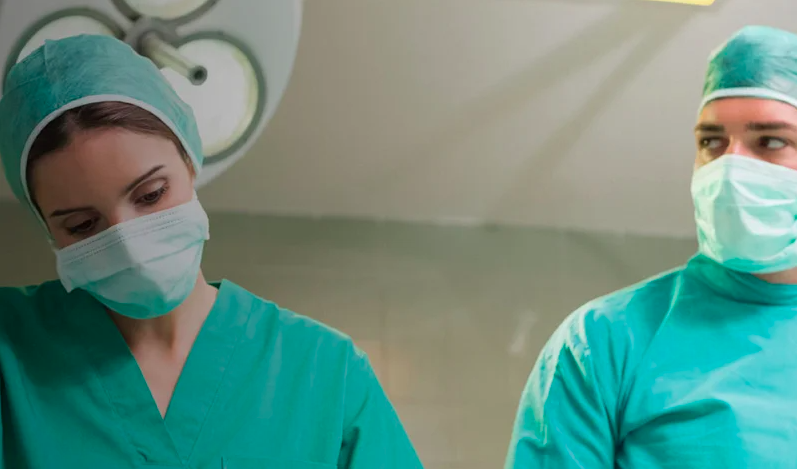Anaesthesia | Trauma | Management and effects of raised ICP



Mechanisms and Effects of Raised Intra-cranial Pressure and Secondary Insults
Session Overview
Description
This session reviews the physiology relevant to intracranial pressure (ICP) and describes the causes and effects of raised ICP. Techniques of ICP monitoring and the use of ICP- and cerebral-perfusion-pressure-guided therapies are discussed.
Learning Objectives
By the end of this session you will be able to:
- Explain the Monro-Kellie doctrine
- Identify causes of raised intracranial pressure (ICP)
- Describe methods of monitoring ICP
- Describe the management of ICP in the context of stepwise goal-directed protocols
- Recognize coning and describe the appropriate management
Prerequisites
Before commencing this session you should be familiar with:
- Physiology (cerebral blood flow, cerebral perfusion pressure)
- Pharmacology (mannitol, sedation, neuromuscular blocking drugs)
Raised intracranial pressure (ICP) is almost universal after severe traumatic brain injury (TBI). It is multifactorial in origin and leads to disability or death if uncontrolled. Therefore, prompt recognition and treatment are essential.
An understanding of the mechanisms and effects of raised ICP allows early identification of patients at risk and guides rational
therapy (Fig 1).
- First, the physiology of ICP is reviewed, with particular reference to the effects of TBI on cerebral blood flow (CBF) and cerebral ischaemia
- Then, mechanisms of raised ICP are considered with pathophysiological differences highlighted
The clinical effects, monitoring and stepwise management of raised ICP are considered in the second half of the session.
- Anaesthesia | Physiology | Mechanics of Ventilatio...
- Posted By eIntegrity Healthcare e-Learning
- Posted Date: 2025-02-21
- Location:Online
- This session continues to look at respiratory mechanics, including lung compliance, the role of surfactant and the factors that determine whether airflow is laminar or turbulent. Respiratory function tests are also explained
- Anaesthesia | Physiology | Ventilation/Perfusion A...
- Posted By eIntegrity Healthcare e-Learning
- Posted Date: 2025-02-21
- Location:Online
- This session describes how and why ventilation and perfusion vary in the healthy lung. Causes of hypoxia, such as hypoventilation, increased dead space and shunt, are discussed to help the trainee explain and manage hypoxia clinically.
- Anaesthesia | Physiology | Pulmonary Ventilation: ...
- Posted By eIntegrity Healthcare e-Learning
- Posted Date: 2025-02-21
- Location:Online
- This session covers the measurement and clinical importance of lung volumes, including functional residual capacity and dead space. Information regarding the performance and interpretation of flow-volume loops is also included.
- Anaesthesia | Physiology | Co2 Carriage in Blood a...
- Posted By eIntegrity Healthcare e-Learning
- Posted Date: 2025-02-21
- Location:Online
- This session covers the physiology of how carbon dioxide is carried by blood, including its conversion into bicarbonate ions and the role of the red blood cell and haemoglobin in this process. The session also describes how buffers work, and the fundament
- Anaesthesia | Physiology | Function of Haemoglobin...
- Posted By eIntegrity Healthcare e-Learning
- Posted Date: 2025-02-21
- Location:Online
- This session focusses on the function of haemoglobin in oxygen (O2) carriage from the lungs to other tissues where cells are supplied with the O2 required for oxidative phosphorylation in the mitochondria. We will cover the structure




